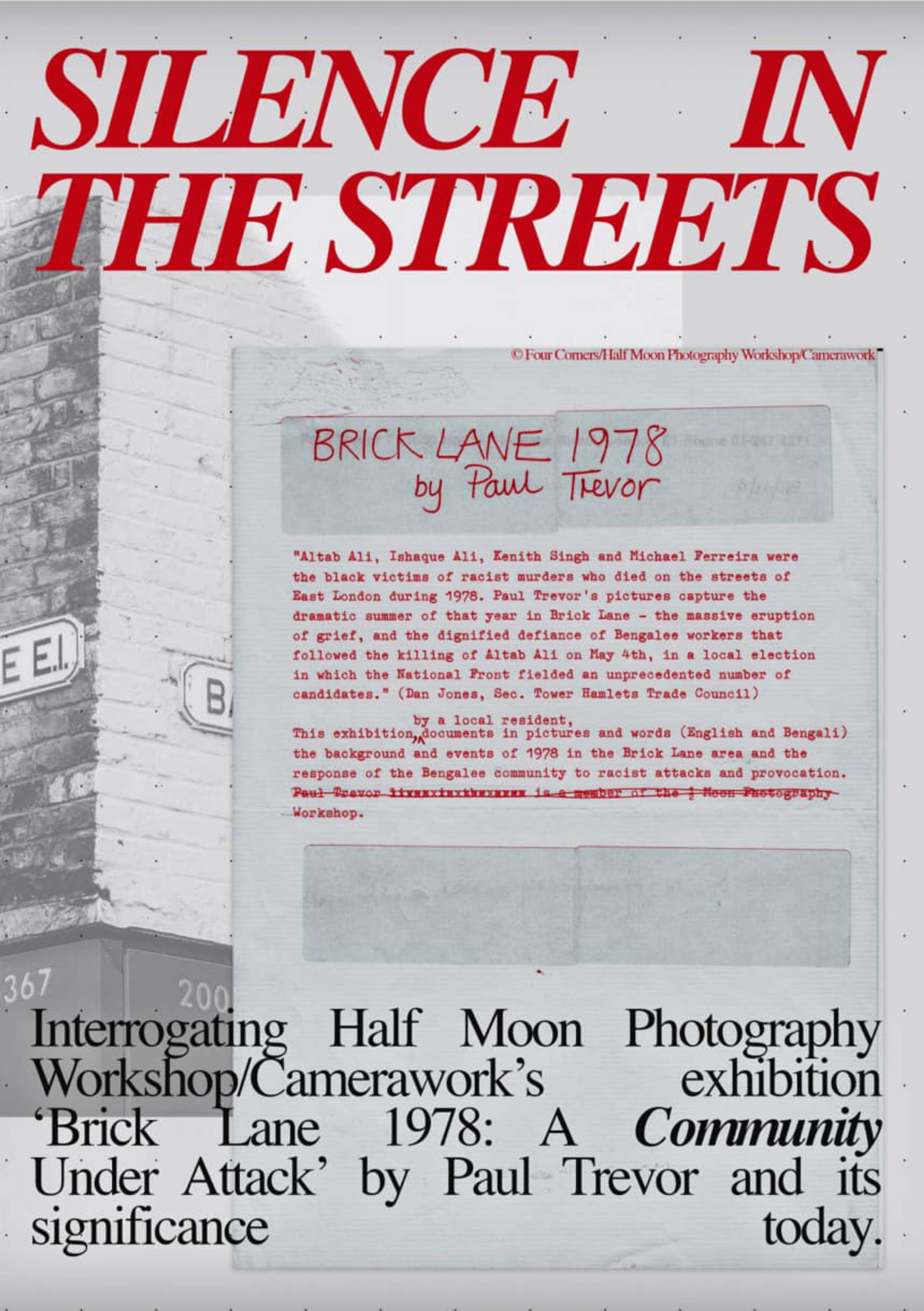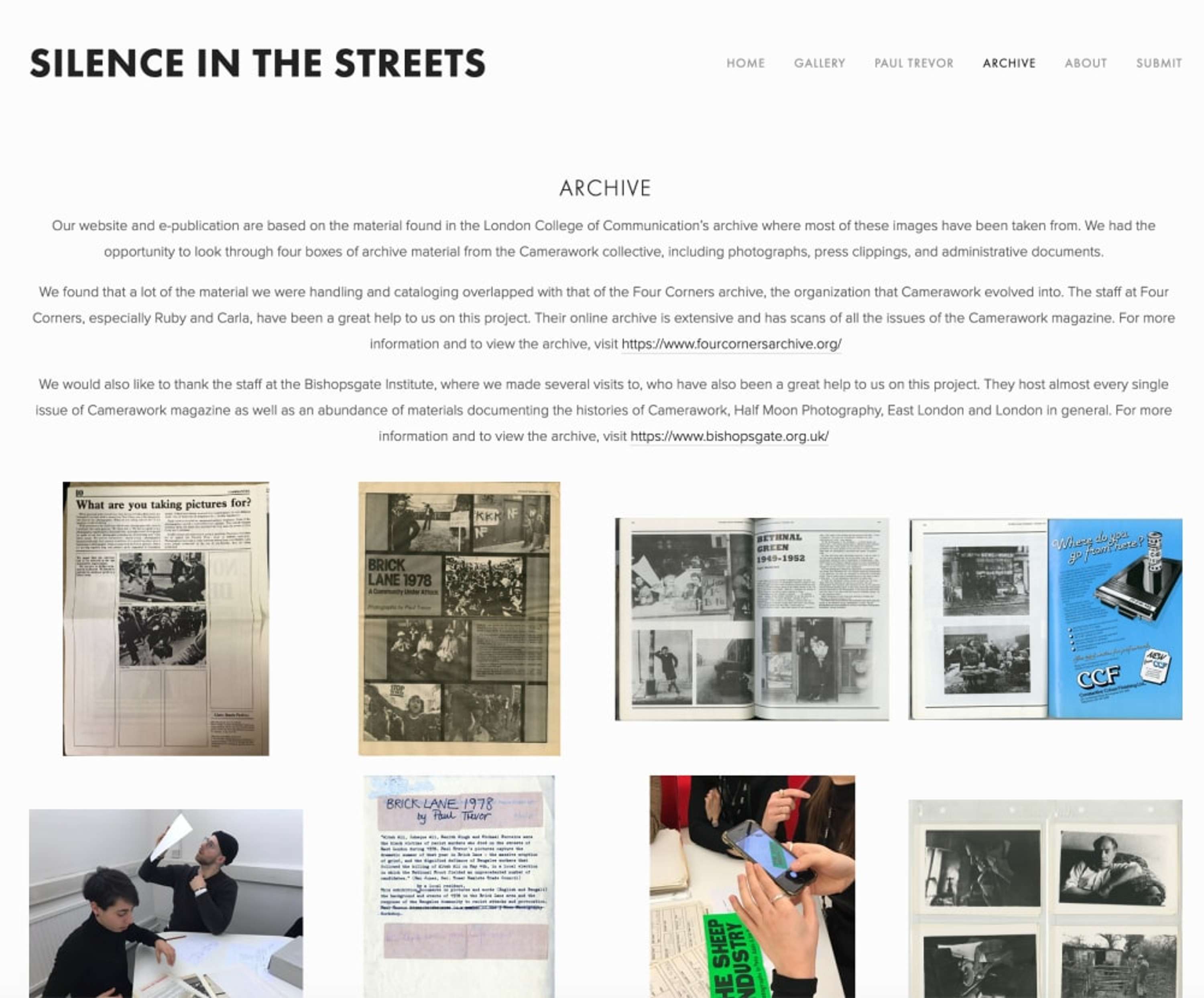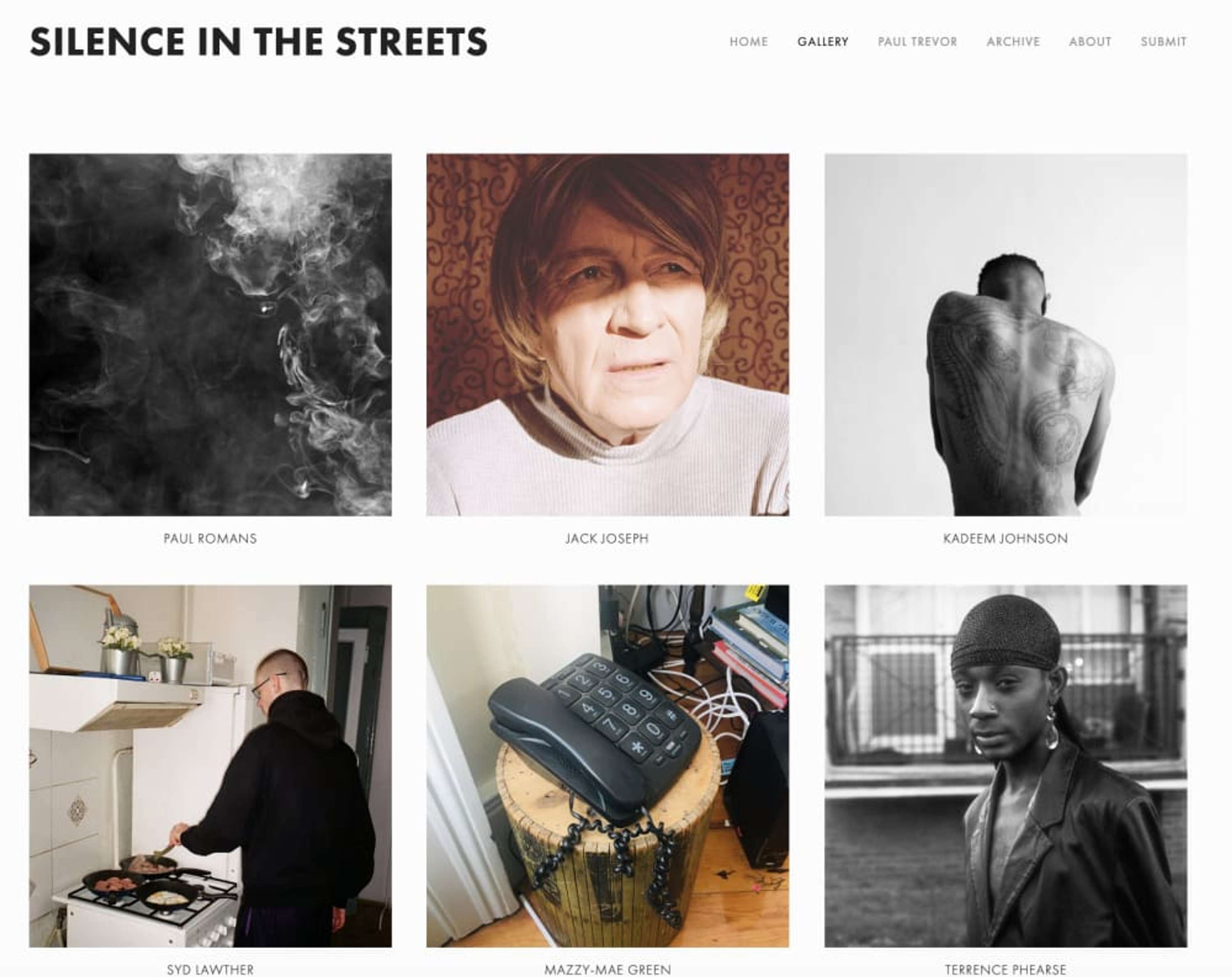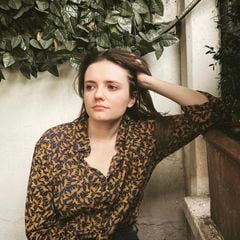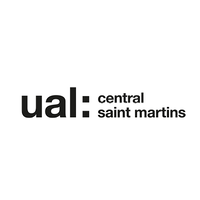Silence in the Streets
A curatorial publication and platform developed by MA Culture, Criticism and Curation students, Silence in the streets focuses on British community photography group Camerawork. The project’s starting point lay in the archival nature of our curatorial brief; investigating the work of British community photography group Camerawork through the archive at London College of Communication. Our curatorial team identified a central question that defines the collective’s aims and legacy; instead of asking “is it art?” it queried “who is it for?” This project began pre-crisis but once Covid-19 hit, we had to rethink the purpose of our work. When thrown into a sudden state of critical amendments, the importance of art and documentation during times of isolation became pertinent. We had to adapt the curatorial brief of constructing a physical window display to a virtual space. We expanded the question “who is it for?” into enlarged spaces of communal encounters. The notion of community as a central focus of our work remained a principle factor in deciphering both the historical and contemporary notion of documenting "communities in crisis". The result is an online platform which incorporates two distinguishing aspects, responding to the same preoccupations. The publication covers the archival work we have been privileged to develop, looking at Camerawork’s legacy and focusing on a particular event: the Brick Lane riots documented by Paul Trevor. This historical incident is a case study from which to discuss the collective’s stance and methodology capturing sociocultural turning points. The online component expands into a selection of responses from an array of international contributors, who replied to the prompt "documenting the idea of community during the current Covid-19 isolation". These responses take on different shapes – photographs, writings or drawings – which act as singular diaries narrating a longing for communities we once belonged in and hope to return to.
